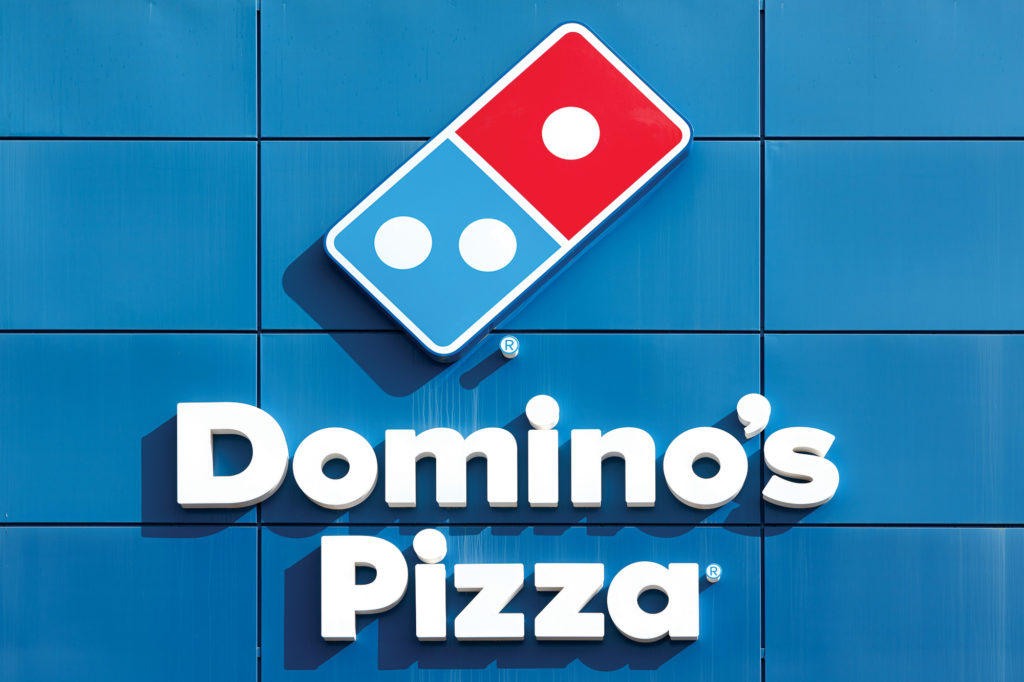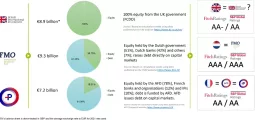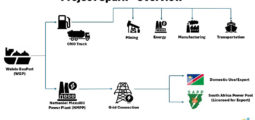Dough-ing a 180: How Domino’s Pizza Reclaimed Its Slice of the Pie
Once dismissed as the punchline of the fast-food industry, Domino’s Pizza has since orchestrated one of the most remarkable turnarounds in recent corporate history. Known in the early 2000s for its bland crust and lacklustre offerings, the brand found itself struggling to stay relevant in an increasingly competitive market. But through a bold blend of transparency, technology, and product reinvention, Domino’s transformed its image—and its business.

For years, Domino’s was a symbol of fast-food mediocrity. Customer feedback was brutally honest: the pizza was flavourless, the crust resembled cardboard, and the overall experience failed to impress. Domino’s had become a brand people tolerated, not one they loved. With competition heating up from artisanal newcomers and big players alike, the outlook was grim.
Enter Patrick Doyle, who became CEO in 2010. Rather than mask the company’s shortcomings with superficial marketing campaigns, Doyle took an unorthodox and risky route: he owned up to the criticism. In a bold advertising campaign, Domino’s aired real customer complaints and publicly committed to overhauling its product from the ground up. The honesty was disarming—and effective. For a major corporation to admit its faults so candidly was virtually unheard of, and consumers took notice.
Behind the scenes, Domino’s got to work. The pizza recipe was completely reimagined, from the sauce to the crust and cheese. The company tested and refined until it landed on a product that was not only palatable but genuinely enjoyed. This wasn’t about a new topping or limited-time offer—it was a foundational change, a signal that Domino’s was serious about winning back trust.
Yet Domino’s didn’t stop at better pizza. The company bet big on technology, recognising early that convenience was becoming just as important as taste. Domino’s embraced digital ordering with gusto, developing intuitive mobile apps, launching a seamless online ordering platform, and even experimenting with ordering via voice assistants, smart TVs, and social media platforms.
This investment in tech paid off handsomely. Domino’s became a pioneer in digital food ordering, allowing customers to customise their meals and track deliveries in real-time. The pizza tracker, once a novelty, became a beloved feature, reinforcing the brand’s reliability and enhancing the customer experience.
The emphasis on delivery logistics was equally critical. Domino’s refined its delivery infrastructure, focusing on speed, consistency, and accuracy. In a market where a cold or late pizza could cost customer loyalty, Domino’s became known for precision. The company even reimagined its stores to prioritise delivery and carryout models, which proved especially prescient in the years leading into the COVID-19 pandemic.
Crucially, Domino’s transformation wasn’t just a technological upgrade—it was a cultural one. The company shifted from damage control to customer obsession, using data to understand preferences, improve service, and tailor offerings. Social media was leveraged not just for promotion, but for listening. Complaints were addressed publicly, and fans were engaged meaningfully, building a more personal relationship with the brand.
These efforts didn’t yield overnight results, but the turnaround was unmistakable. Within a few years, same-store sales soared, stock prices surged, and Domino’s went from trailing competitors to leading the global pizza race. It outpaced rivals like Pizza Hut, Papa John’s, and Little Caesars, not just in growth but in brand sentiment.
Domino’s revival offers a powerful blueprint for legacy brands in need of reinvention. It demonstrates the value of humility in leadership, the importance of listening to your customers, and the strategic advantage of being a first-mover in digital innovation. Rather than rely on nostalgia or cost-cutting, Domino’s leaned into what truly matters: a better product, delivered with greater ease, and backed by honest communication.
The company also proved that even when a brand has hit rock bottom in public perception, redemption is possible. By acknowledging its flaws and showing a genuine commitment to change, Domino’s managed not only to regain market share but also to rewrite its brand story entirely.
Of course, the journey doesn’t end here. The fast-food and quick-service restaurant sector continues to evolve, shaped by changing consumer preferences, rising competition, and the growing demand for healthier and more sustainable options. Domino’s will need to stay agile and continue innovating to retain its hard-won market leadership.
Still, its “blueprint for a comeback” remains a case study in how transparency, technology, and customer-centric thinking can revive even the most maligned brands. Domino’s proved that you don’t need to start fresh to start over—you just need to be willing to listen, change, and deliver.
Today, Domino’s stands as a global powerhouse, with a loyal fan base and a clear understanding of what it takes to win in a digital-first world. From punchline to pizza juggernaut, its transformation is more than a turnaround—it’s a masterclass in modern brand redemption. And for anyone looking to understand what it means to rise, crust and all, Domino’s has certainly reclaimed its slice of the pie.
You may have an interest in also reading…
Emerging Managers Summit South
October 2012 – Las Vegas, NV If you are looking to expand and diversify your asset allocation by investing in emerging
Ursula Burns: Driving Change at Xerox
Ursula Burns has a certain prominence in our minds because she became the first African-American woman to run a Fortune
Evan Harvey, Nasdaq: The Board Perspective on ESG
Sustainability is a moving target. Though we might want uniformity, unanimity, and harmonisation — of standards, disclosures, and data points



















































































